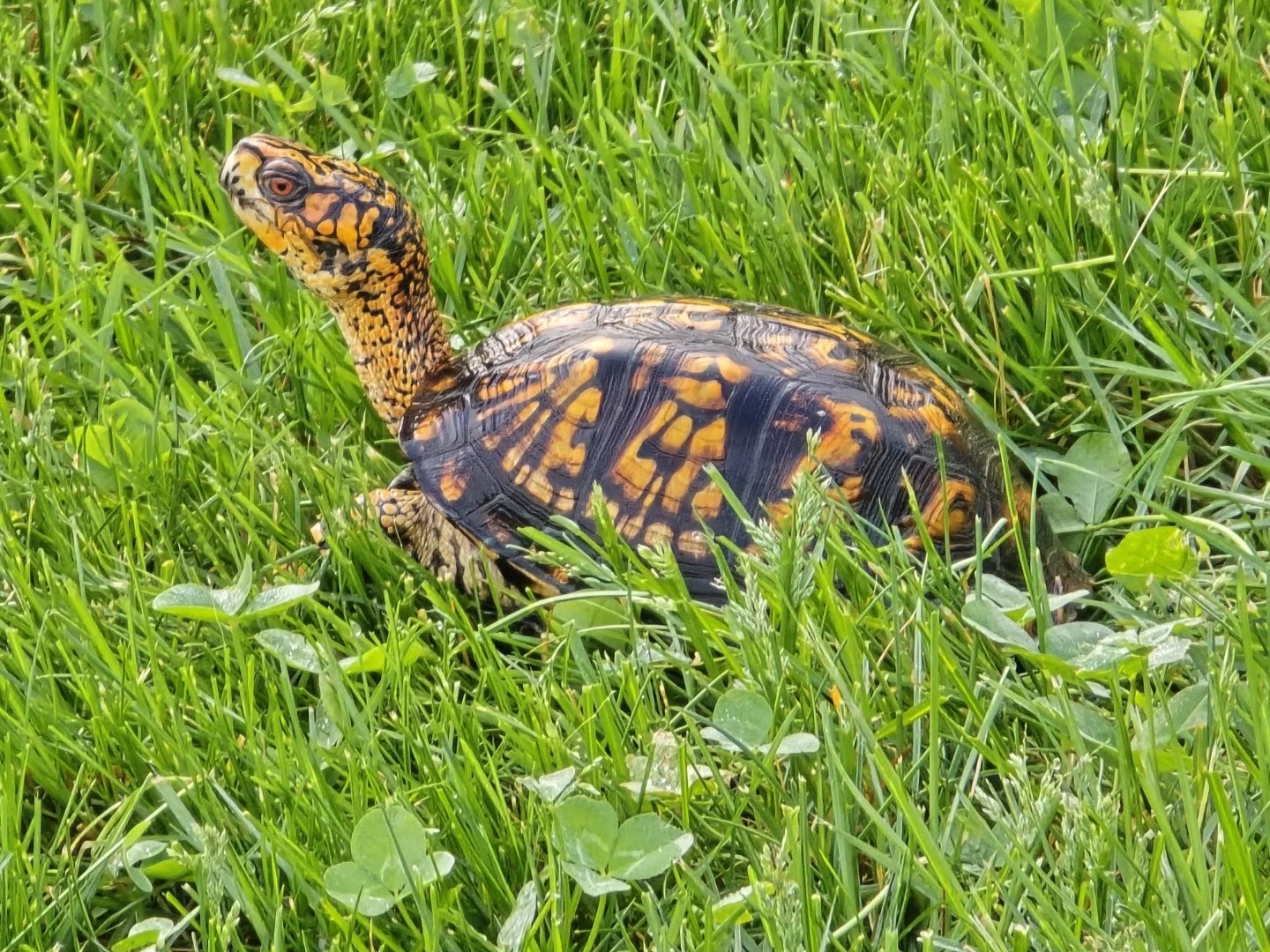Last September I fished Kentucky Lake and the surrounding waters when I attended the annual AGLOW (Association of Great Lakes Outdoor Writers) conference.
Wildlife Watching Wednesday: The Exotic Northern Curly-Tailed Lizard
There are many exotic and invasive reptiles in the USA these days, and Florida is certainly home to many of them
Wildlife Watching Wednesday: The Ruddy Turnstone, Long-Distance Migrant
The Ruddy Turnstone is a very interesting-looking bird that is often found along America’s coastal areas (East Coast, West Coast and the Gulf Coast). Visitors to a Florida beach, for example, might think this bird is a year-round resident there – but they would be wrong.
Wildlife Watching Wednesday: The Prickly IO Moth Caterpillar
Surely everyone has seen a caterpillar at some point in their life. Caterpillars are common and they can be almost every color under the sun. Some are smooth-skinned and some are very furry-looking.
Wildlife Watching Wednesday: The Endangered Blanding’s Turtle
Turtles are interesting creatures. They carry their shell, or carapace, with them wherever they go, and it provides good protection for them from a wide variety of predators.
Wildlife Watching Wednesday: The Soaring Turkey Vulture
Vultures are raptors, or birds of prey. They are certainly not as handsome and glamorous as other birds of prey like eagles, hawks and owls. Well, maybe glamorous is not the right word.
Wildlife Watching Wednesday: The Swarming Mayfly
Mayflies are a common sight during the springtime and early summer, especially if you are near a source of water like a lake, river or creek. Mayfly nymphs live underwater for anywhere from several months to a few years, depending on species and water conditions.
Wildlife Watching Wednesday: The Great Crested Flycatcher
There are more than 400 species of flycatcher birds in the world today, with most of them being found in Central and South America. But there are plenty of flycatchers in North America, too, since we have about 35 species occurring here.
Wildlife Watching Wednesday: The Wary Gray Fox
Most foxes are secretive by nature. North America is home to both gray and red foxes, and both tend to be nocturnal and mostly hunt at night. But the gray fox seems to be even more elusive than its slightly larger cousin, the red fox.
Wildlife Watching Wednesday: The Venomous Timber Rattlesnake
When it comes to creatures that most people don’t like, snakes are always near the top of the list. In fact, there is a word for people who have an excessive fear of snakes: ophidiophobia.
Wildlife Watching Wednesday: The Fish-Eating Common Merganser
Mergansers are diving ducks – not dabbling ducks like mallards, teal and pintails that feed at or near the surface of the water.
Wildlife Watching Wednesday: The Eastern Box Turtle
Although most people think of lakes and ponds as normal turtle habitat, the relatively small eastern box turtle is a bit different.











